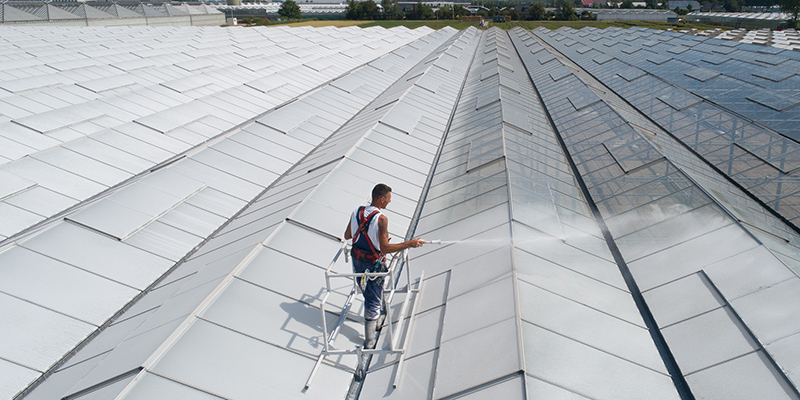Follow These Best Practices for Energy Efficiency From Dr. Greenhouse
I recently attended the National Greenhouse Manufacturer’s Association (NGMA)’s Annual Meeting, where I was invited to speak about California’s new Energy Code and its requirements for new greenhouse builds. At the end of my talk, I asked members what they thought were the low-hanging fruit when it comes to increasing the energy efficiency of greenhouses. Their answers covered a range of opportunities.
Thermal Energy Screens and Shade Screens
California’s new energy code includes a requirement that all new greenhouses use double-layer glazing, including double-inflated polyethylene film, twin-wall polycarbonate and acrylic, and double-pane glass. The reasoning behind this measure is that two layers of glazing will increase the insulative value of the envelope, reducing heat loss in the winter and heat gains in the summer. Although true, to really reduce greenhouse energy gains and losses, NGMA members propose the use of thermal energy and shade screens. Thermal energy screens can both block nightsky radiation from transmitting through the cover and trap heat below the gutter and keeping it in the canopy zone. Likewise, shade screens help to block incoming solar radiation from entering the canopy zone and trap heat above the screen helping reduce heat stress on plants. Both of these screens can be used as needed and make the greenhouse more energy efficient and less costly to operate. The challenge is that the Energy Commission doesn’t want to rely on user operation to demonstrate energy savings. They want something built into the facility that must be used, regardless of the user. Thus, the multi-layer glazing requirement.
Variable Speed Fans
Overlooked by California’s energy regulations, variable speed fans can reduce power demands and energy consumption, while providing growers with a more stable greenhouse environment. Variable frequency drives and electronically-commutated (EC) motors regulate the amount of power delivered to the fan based on how much airflow is required to condition the greenhouse. When the greenhouse needs just a little bit of airflow at night for dehumidification, the variable speed fan can rotate at a slow speed to continuously remove a small volume of air, reduce heating needs, and prevent rapid spikes in the plant environment. Conversely, when the greenhouse needs a lot of airflow to ventilate or evaporatively cool the greenhouse on hot or sunny days, the variable speed can ramp up to maximum airflow and quickly lower the greenhouse temperature. Fans with variable speed motors also tend to last longer, reducing maintenance and replacement costs. The challenge of using variable speed fans is that they tend to be more expensive than their single or two-stage fan counterparts and, at least right now, are in short supply and have long lead times.
For a closer look at two more major opportunities – Preventative Maintenance and Grower Educating/Training – check out my full blog post on DoctorGreenhouse.com.









